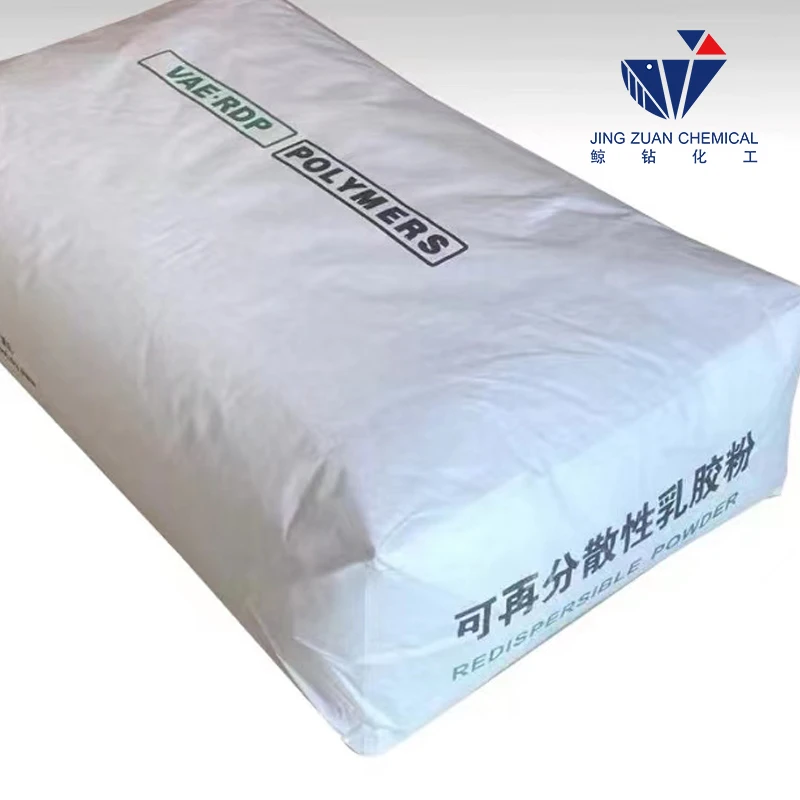
កញ្ញា . 06, 2024 09:23 Back to list
Hydroxyethyl Cellulose Structure and Applications
The Structure and Applications of Hydroxyethyl Cellulose
Hydroxyethyl cellulose (HEC) is a non-ionic cellulose ether that has gained significant attention in various industries due to its unique structure and properties. Derived from cellulose, which is one of the most abundant organic polymers on Earth, HEC is synthesized by chemically reacting cellulose with ethylene oxide. This modification introduces hydroxyethyl groups into the cellulose backbone, which enhances its solubility in water and improves its functional properties.
The Structure and Applications of Hydroxyethyl Cellulose
One of the most notable attributes of HEC is its ability to form viscous solutions when dissolved in water. This property is primarily due to the polymer's hydrophilic nature, which allows it to interact with water molecules. The viscosity of the HEC solution can be influenced by factors such as concentration, temperature, and the degree of substitution. As a result, HEC is widely used as a thickening agent in formulations such as paints, coatings, and adhesives. Its ability to provide stability and control the flow behavior of these products is highly valued in manufacturing processes.
hydroxyethyl cellulose structure

In the pharmaceutical and cosmetic industries, HEC is commonly employed as an excipient in drug formulations and topical products. Its film-forming properties and biocompatibility make it ideal for use in ointments, gels, and creams. HEC can also enhance the texture and spreadability of products, contributing to an improved user experience.
Moreover, HEC is used in the construction industry as a polymer additive in cement-based materials. It helps to improve workability, water retention, and adhesion properties of mortars and plasters. Its effectiveness in enhancing the performance of building materials is a critical factor in the development of sustainable construction practices.
In conclusion, hydroxyethyl cellulose is a versatile cellulose derivative with a unique structure that endows it with a range of beneficial properties. Its ability to form viscous solutions and its compatibility with various formulations make it an essential component in many industries, including pharmaceuticals, cosmetics, adhesives, and construction. As research continues and innovations are made, the potential applications of HEC are likely to expand, further underscoring its importance in both industrial and consumer markets. With increasing demand for sustainable and efficient materials, hydroxyethyl cellulose is poised to play a significant role in future developments.
-
The Widespread Application of Redispersible Powder in Construction and Building Materials
NewsMay.16,2025
-
The Widespread Application of Hpmc in the Detergent Industry
NewsMay.16,2025
-
The Main Applications of Hydroxyethyl Cellulose in Paints and Coatings
NewsMay.16,2025
-
Mortar Bonding Agent: the Key to Enhancing the Adhesion Between New and Old Mortar Layers and Between Mortar and Different Substrates
NewsMay.16,2025
-
HPMC: Application as a thickener and excipient
NewsMay.16,2025
-
Hec Cellulose Cellulose: Multi functional dispersants and high-efficiency thickeners
NewsMay.16,2025







